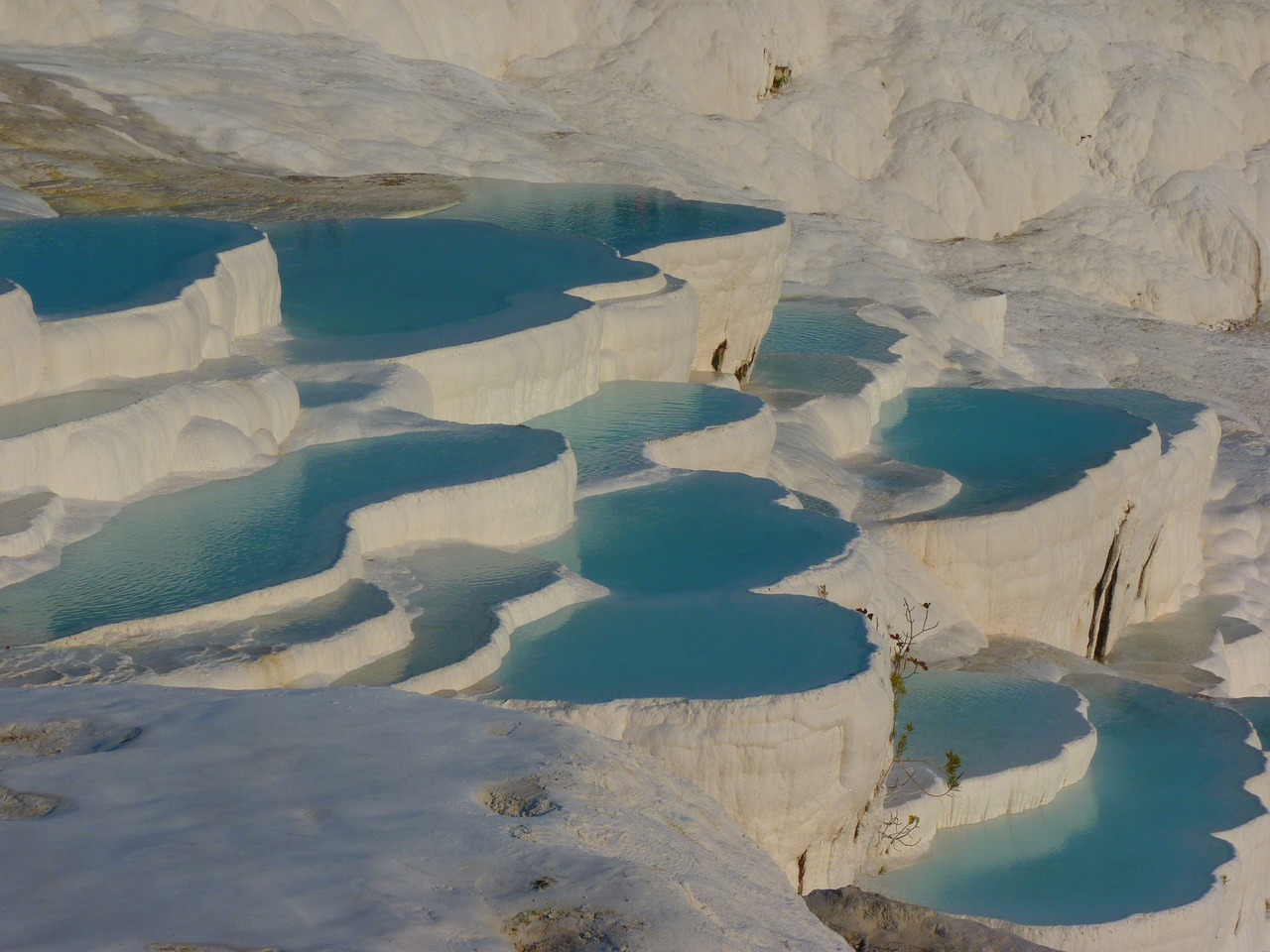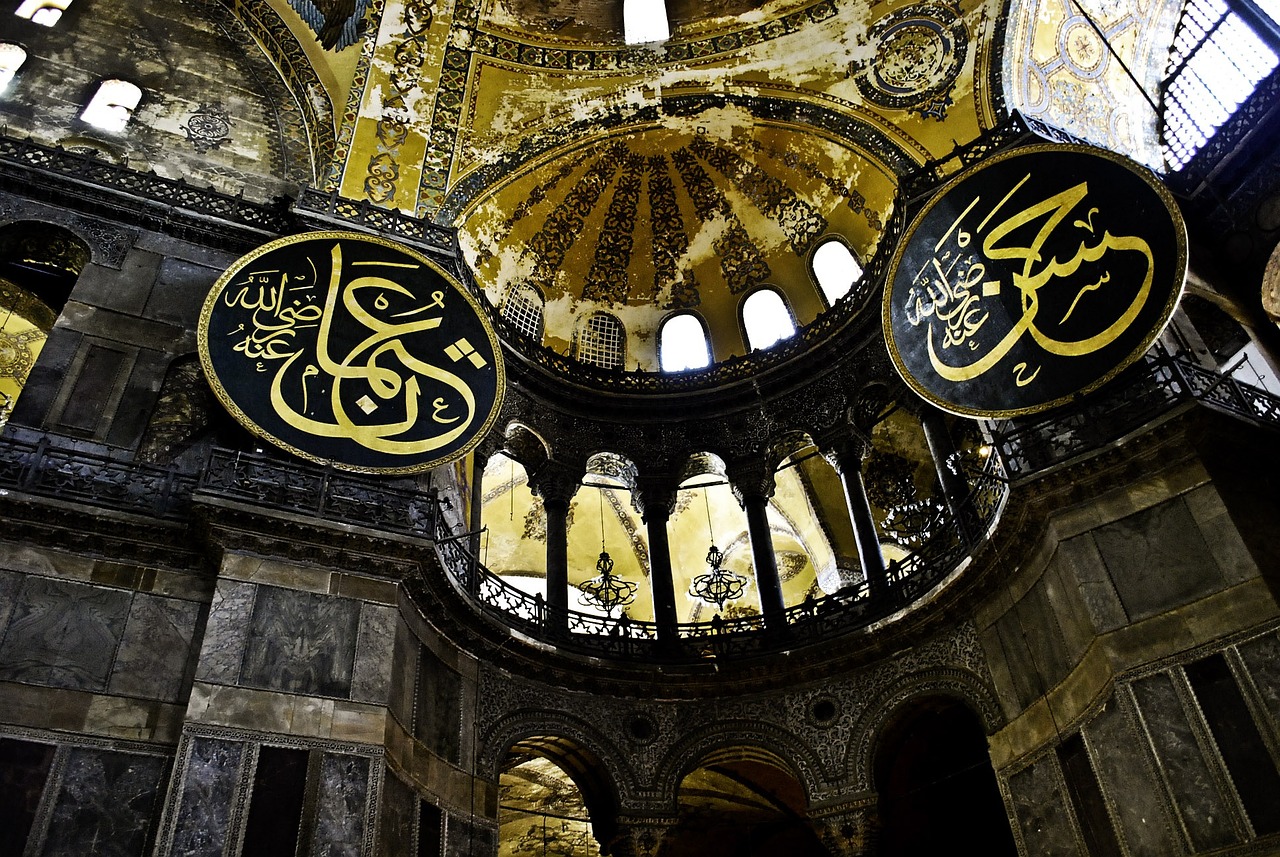Turkey Video
Exploring Local Arts and Hobbies in Turkey
Turkey, with its rich cultural heritage and diverse traditions, offers a plethora of local arts and hobbies to explore. From traditional handicrafts to contemporary art scenes, there is something for everyone to appreciate and engage with. In this article, we will delve into twelve different aspects of local arts and hobbies in Turkey, providing detailed information and insights into each.
Folk Music and Dance
Turkey is renowned for its vibrant folk music and dance traditions. The country’s diverse regions have their own unique styles, rhythms, and costumes. Here are some notable examples:
- Halay: A lively dance performed in groups, often accompanied by the sound of a traditional instrument called the “zurna.”
- Horon: Originating from the Black Sea region, Horon is a fast-paced dance performed in a circular formation.
- Zeybek: Hailing from the Aegean region, the Zeybek dance is known for its strong, proud movements.
The Halay dance is characterized by energetic movements and rhythmic footwork. It is often performed during weddings, festivals, and other celebratory events.
Horon dancers showcase agility and coordination through their quick steps and intricate movements. The dance is accompanied by the melodic sounds of the “kemenche” and “tulum.”
Performed by both men and women, the Zeybek dance reflects the bravery and heroism of ancient warriors. It is often accompanied by the sound of the “bağlama” instrument.
Traditional Handicrafts
Turkey is a treasure trove of traditional handicrafts, showcasing the skill and creativity of its artisans. Here are some remarkable examples:
- Iznik Ceramics: Iznik, a town in western Turkey, is famous for its exquisite ceramics.
- Kilim Weaving: Kilims are traditional flat-woven rugs, typically made by nomadic tribes.
- Ebru Art: Also known as “marbling,” Ebru is a mesmerizing art form that involves creating colorful patterns on water.
Iznik ceramics are adorned with intricate patterns and vibrant colors. These hand-painted pieces often feature floral motifs and geometric designs.
Each kilim tells a story through its unique patterns and symbols. These rugs are not only decorative but also serve as functional pieces.
Artists use special paints and tools to manipulate the colors on the water’s surface, resulting in stunning designs. These designs are then transferred onto paper or other surfaces.
Contemporary Art Galleries
Turkey’s contemporary art scene is thriving, with numerous galleries showcasing the works of both established and emerging artists. Some notable galleries include:
- İstanbul Modern: Located in Istanbul, this museum focuses on contemporary Turkish art.
- Arter: Situated in Istanbul’s Dolapdere neighborhood, Arter is a contemporary art space that fosters interdisciplinary practices.
- Santralistanbul: Housed in a former power plant, Santralistanbul is a multidisciplinary arts and culture complex.
İstanbul Modern hosts a diverse range of exhibitions and events, providing a platform for artists to showcase their innovative works.
The gallery hosts exhibitions, performances, and educational programs, contributing to the development of the contemporary art scene in Turkey.
The venue features contemporary art exhibitions, as well as film screenings, concerts, and theater performances.
Traditional Turkish Cuisine
Turkish cuisine is renowned worldwide for its rich flavors and diverse dishes. Exploring the local culinary arts is a must for any visitor to Turkey. Here are some iconic Turkish dishes to try:
- Doner Kebab: A popular street food, doner kebab consists of succulent slices of meat, usually lamb or chicken, served in a warm pita bread.
- Baklava: This sweet pastry is made by layering thin sheets of phyllo dough with a mixture of ground nuts, sugar, and spices.
- Manti: Often referred to as Turkish dumplings, manti are small pockets of dough filled with a mixture of ground meat and spices.
The meat is typically cooked on a vertical spit, resulting in tender, flavorful slices. It is often accompanied by fresh vegetables and a variety of sauces.
After baking, the baklava is soaked in a sweet syrup, resulting in a delightful combination of crispy layers and a sticky, honey-like texture.
These dumplings are typically served with a tangy tomato sauce, yogurt, and melted butter, creating a delicious and comforting dish.
Calligraphy and Illumination
Turkish calligraphy and illumination are ancient art forms that continue to thrive in the country. These intricate crafts require immense skill and precision. Here are some key aspects:
- Islamic Calligraphy: Islamic calligraphy is an art form that involves writing verses from the Quran or other religious texts in a visually appealing manner.
- Illumination: Illumination, also known as “tezhip,” involves adorning manuscripts or other surfaces with gold leaf and vibrant colors.
Artists use various scripts, such as Thuluth, Naskh, and Diwani, to create intricate compositions that convey the beauty and sacredness of the written word.
Artists meticulously paint intricate patterns and motifs, often inspired by nature, resulting in visually stunning and highly detailed works of art.
Whirling Dervishes
The Whirling Dervishes, also known as Mevlevi, are followers of the Mevlevi Order, a Sufi Islamic movement. Their mesmerizing dance, known as the Sema, is a spiritual practice that symbolizes unity with the divine. Here are some key elements:
- Sema Ceremony: The Sema ceremony is a ritualistic dance performed by the Whirling Dervishes.
- Music and Chants: The Sema ceremony is accompanied by traditional music and chants.
Dressed in flowing white robes, the dervishes spin in a meditative state, symbolizing the journey of the soul towards spiritual enlightenment.
The haunting melodies and rhythmic chants create a transcendental atmosphere, enhancing the spiritual experience for both the performers and the audience.
Traditional Turkish Carpets
Turkish carpets, known for their exquisite craftsmanship and intricate designs, are highly regarded worldwide. Here are some notable types of Turkish carpets:
- Kilim: As mentioned earlier, Kilims are flat-woven rugs that come in various designs and patterns.
- Hereke: Hereke carpets are renowned for their exceptional quality and craftsmanship.
- Oushak: Oushak carpets, originating from the town of Oushak, are known for their soft, muted colors and large-scale designs.
These carpets are often used as decorative pieces or as prayer rugs. They are characterized by their bold colors and geometric motifs.
These carpets are meticulously hand-knotted using fine materials such as silk and wool. They feature intricate patterns and often incorporate gold or silver threads.
These carpets are prized for their elegance and timeless appeal. They are often used to add warmth and sophistication to interior spaces.
Shadow Play (Karagöz)
Shadow play, also known as Karagöz, is a traditional form of puppetry that has entertained audiences for centuries. Here are some key aspects:
- Puppet Characters: Karagöz performances feature a cast of colorful and humorous puppet characters.
- Shadow Theater: Karagöz performances take place behind a white curtain, with the puppets casting shadows onto the screen.
The main characters include Karagöz, the witty and outspoken protagonist, and Hacivat, his intelligent and eloquent companion. Each character has distinctive traits and dialects.
The puppeteer manipulates the puppets and creates different voices for each character, engaging the audience with humorous dialogues and entertaining stories.
Turkish Tea Culture
Turkish tea, known as “çay,” is an integral part of Turkish culture. Here are some interesting aspects of Turkish tea culture:
- Tea Gardens: Tea gardens, known as “çay bahçesi,” are popular gathering places for locals.
- Tea Preparation: Turkish tea is typically brewed using a double teapot called a “çaydanlık.”
- Tea Rituals: Drinking tea in Turkey is often accompanied by rituals and traditions.
These outdoor spaces offer a relaxed atmosphere where friends and family can socialize while enjoying a cup of tea.
Black tea leaves are placed in the upper pot, while water boils in the lower pot. The brewed tea is then served in small, tulip-shaped glasses.
For example, it is customary to offer tea to guests as a sign of hospitality. Additionally, fortune-telling through tea leaves is a popular practice.
Turkish Cinema
Turkey has a vibrant film industry that has gained international recognition in recent years. Here are some notable aspects of Turkish cinema:
- New Wave Cinema: The Turkish New Wave refers to a period in the 1960s and 1970s when Turkish cinema underwent significant changes.
- International Success: Turkish films have garnered critical acclaim and won awards at international film festivals.
- Popular Film Genres: Turkish cinema encompasses a wide range of genres, including drama, comedy, romance, and historical epics.
Filmmakers such as Yılmaz Güney and Metin Erksan introduced innovative storytelling techniques and explored social and political themes in their films.
Directors like Nuri Bilge Ceylan and Fatih Akin have gained recognition for their thought-provoking and visually stunning works.
From heartwarming family dramas to gripping crime thrillers, Turkish films cater to diverse audiences and showcase the talent of the country’s filmmakers.
Turkey Image 1:

Local Festivals and Celebrations
Turkey is known for its vibrant festivals and celebrations that showcase the country’s cultural diversity and traditions. Here are some noteworthy examples:
- Istanbul International Film Festival: Held annually in Istanbul, this festival attracts filmmakers and cinema enthusiasts from around the world.
- International Istanbul Jazz Festival: Jazz lovers gather in Istanbul every summer to enjoy world-class performances by renowned jazz musicians.
- Whirling Dervishes Festival: Konya, the spiritual home of the Mevlevi Order, hosts an annual festival dedicated to the Whirling Dervishes.
The festival screens a wide range of international and Turkish films and hosts various events, including panel discussions and workshops.
The festival features concerts in various venues across the city, creating a vibrant and festive atmosphere.
The festival includes Sema ceremonies, music performances, and exhibitions, providing visitors with an immersive experience of this mystical tradition.
Turkey Image 2:

Outdoor Activities
Turkey’s diverse landscape offers numerous opportunities for outdoor enthusiasts to engage in various activities. Here are some popular options:
- Hiking: Turkey is home to breathtaking hiking trails, such as the Lycian Way and the Kaçkar Mountains.
- Hot Air Ballooning: Cappadocia, with its unique rock formations, is a popular destination for hot air balloon rides.
- Water Sports: Turkey’s coastal regions offer opportunities for various water sports, including sailing, windsurfing, and scuba diving.
These trails offer stunning views of nature, ancient ruins, and picturesque villages, providing an unforgettable hiking experience.
Admiring the surreal landscapes from above as the colorful balloons float through the sky is a truly magical experience.
Whether exploring underwater caves, riding the waves, or sailing along the stunning coastline, there is an activity for every water sports enthusiast.
Local Markets and Bazaars
Exploring local markets and bazaars is a delightful way to experience the vibrant atmosphere of Turkey and discover unique treasures. Here are some notable markets:
- Grand Bazaar: Located in Istanbul, the Grand Bazaar is one of the oldest and largest covered markets in the world.
- Spice Bazaar: Also situated in Istanbul, the Spice Bazaar is a sensory feast for visitors.
- Kemeraltı Market: Located in Izmir, Kemeraltı Market is a bustling hub of activity.
With its maze-like alleys and countless shops, the bazaar offers a wide range of goods, including spices, textiles, jewelry, and traditional crafts.
Colorful stalls are filled with an array of aromatic spices, dried fruits, nuts, and traditional Turkish delights.
The market offers a mix of traditional and modern goods, from fresh produce and textiles to electronics and souvenirs.
Turkey Image 3:

Conclusion
Exploring local arts and hobbies in Turkey is a fascinating journey that allows visitors to immerse themselves in the country’s rich cultural heritage. From folk music and dance to traditional handicrafts, contemporary art scenes, and culinary delights, Turkey offers a diverse range of experiences. Whether attending festivals, visiting galleries, or engaging in outdoor activities, there is something for everyone to appreciate and enjoy. By embracing Turkey’s artistic and cultural offerings, visitors can gain a deeper understanding of the country’s traditions and create lasting memories.
References
– istanbulmodern.org
– arter.org.tr
– santralistanbul.org
– goturkey.com
– turkishculture.org
– turkishcookbook.com
– turkisharchaeonews.net
– turkeytravelplanner.com
– whirlingdervishes.org
– turkishculture.org
– turkishcarpets.org
– turkishculture.org
– goturkey.com
– turkishculture.org
– turkishcinema.com
– istanbulfilmfestival.com
– istanbuljazzfestival.com
– whirlingdervishes.org
– goturkey.com
– istanbul.com
– goturkey.com


